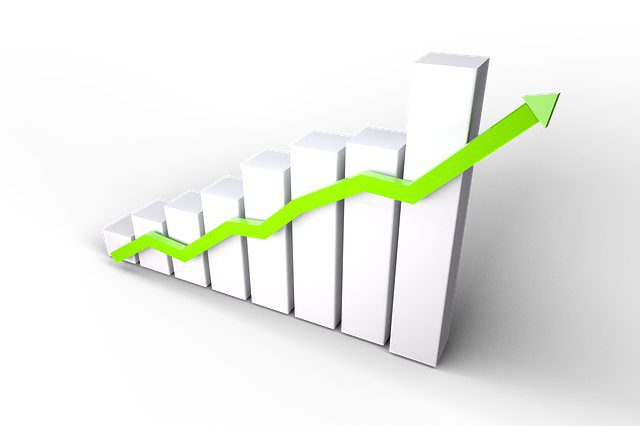Interest rates to benefit ILS returns, drive growth: Steinbrugge, Agecroft

Certain hedge fund style investment strategies are set to benefit from the rising short term interest rate environment, with improved returns and growth of the asset classes possible.
This is according to Agecroft Partners Founder and CEO Donald A. Steinbrugge, who in a recent article for the Chartered Alternative Investment Analyst Association picks out reinsurance and insurance-linked securities (ILS) as one of the asset classes set to see improved returns.
This is because ILS, such as catastrophe bonds, collateralized reinsurance investments and other reinsurance linked assets, are typically fully collateralized and their collateral invested into short term securities, “where increases in short term interest rates would enhance return,” Steinbrugge points out.
Agecroft’s CEO explains the background to the interest rate increases being seen.
“As inflation reached a 40-year high last month The Federal Reserve increased its target range for the federal funds rate by 25 bps and projected 6 more increases for 2022. Currently, the Fed funds futures market is pricing in approximately 270 basis points of increase for 2022, surpassing the 250 basis point increase seen in 1994. Deutsche Bank’s chief economist recently suggested that the Federal Reserve could increase short-term rates to as high as 5%,” he wrote.
While many people and investors “associate rising interest rates with declining asset values” this is not the case in any asset class that has a floating-rate feature, such as insurance-linked securities (ILS).
“Rising short term rates can have a positive impact for a few hedge fund strategies,” Steinbrugge says, one of which is reinsurance.
“Reinsurance funds are required by their regulators to hold 100% of their potential liabilities (typically in escrow or a trust) until the insurance contracts expire, with a vast majority of reinsurance contracts written for terms of one year or less. Most of these reserves are invested in short term securities, where increases in short term interest rates would enhance returns,” he continued.
Also referring to the improvement in prices and returns of ILS through the hardening of the reinsurance market, by explaining, “Expected returns in reinsurance have risen dramatically over the past 5 years.”
“Premiums, in many cases, have more than doubled while the risk of loss from peril has only slightly increased. Today many investors are targeting double-digit expected returns.”
It’s not just the improved returns from rising interest rates, which many of our sources say will raise the profile of ILS as an asset class and in particular catastrophe bonds.
Steinbrugge also believes this situation will drive growth for hedge fund asset classes that benefit from the higher interest rates.
“Short term rates rising from close to 0% to potentially well over 3% should have a direct and meaningful positive impact on the expected returns for these strategies moving forward,” he wrote.
Saying that this will have positive implications as, “Strategies that benefit from rising interest rates will grow their market share of the hedge fund industry at the expense of other strategies.”
Further explaining that, “Most allocations result from investors’ thoughtful evaluation, across strategies and managers, as to which offer the best opportunity to add value to their portfolios. These decisions impact not only new allocations, but also reallocations from existing managers to others. The expected return of potential hedge fund strategies on an investors’ shortlist may only vary by one or two percent. Strategies that are expected to benefit from a rising interest rate environment will see a significant increase in demand.”
He also highlights the chance of large institutional investors increasingly negotiating a hurdle on performance fees, as fund performance rises.
“If short-term rates continue to rise, we expect to see more institutional investors asking for a performance hurdle for the carried interest portion of performance attributable to the cash position of the portfolio,” Steinbrugge wrote.






